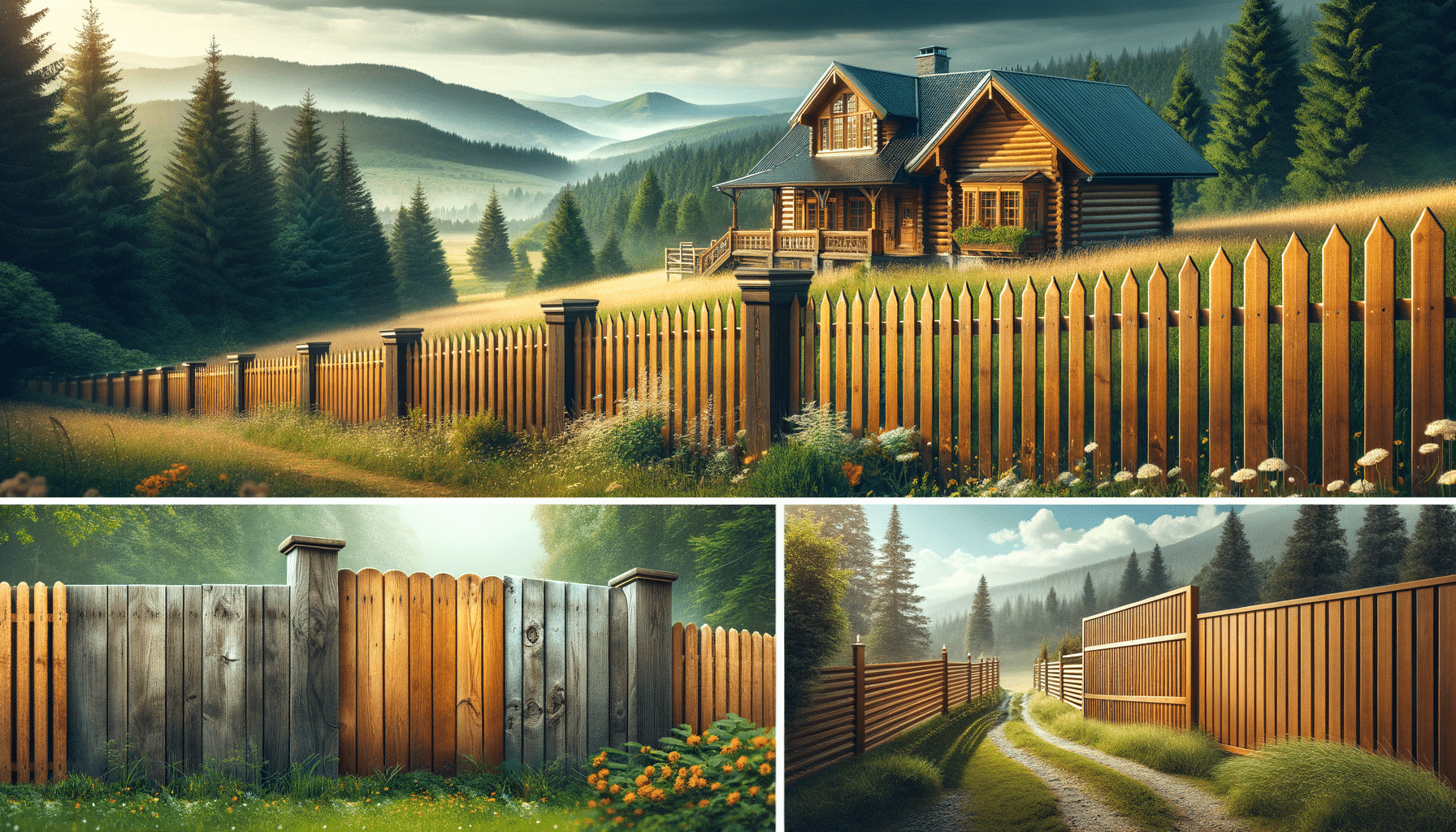Exploring the Timeless Appeal of Wooden Fences
Discover the enduring charm and practical benefits of wooden fences in modern landscaping.

Introduction to Wooden Fences
Wooden fences have been a staple in residential and commercial landscapes for centuries. Their classic appeal, combined with versatility and functionality, makes them a popular choice for property owners looking to enhance both aesthetics and privacy. In this article, we delve into the various aspects of wooden fences, exploring their benefits, types, maintenance, and environmental impact.
The Aesthetic and Functional Benefits of Wooden Fences
Wooden fences offer a unique blend of aesthetic appeal and functional benefits. The natural look of wood complements a wide range of architectural styles, from traditional to contemporary. This versatility allows for creative design choices, enabling homeowners to personalize their outdoor spaces. Functionally, wooden fences provide excellent privacy and security. They can be customized to various heights and styles, such as picket, lattice, or solid board, to meet specific needs. Additionally, wooden fences are effective in noise reduction, making them ideal for urban settings.
Types of Wooden Fences
There are several types of wooden fences, each offering distinct features and benefits. Some popular styles include:
- Picket Fences: Known for their charming appearance, picket fences are typically used for decorative purposes and defining property boundaries.
- Privacy Fences: These are solid fences that provide maximum privacy and security, often used in residential backyards.
- Split Rail Fences: Common in rural areas, split rail fences are cost-effective and offer a rustic look, suitable for large properties.
- Lattice Fences: Featuring a crisscross pattern, lattice fences are great for supporting climbing plants and adding decorative elements to gardens.
Maintaining Your Wooden Fence
Proper maintenance is crucial to extending the lifespan of a wooden fence. Regular cleaning and sealing can protect the wood from moisture, insects, and UV damage. Here are some maintenance tips:
- Cleaning: Use a mild detergent and water to clean the fence, removing dirt and mildew.
- Sealing: Apply a water-repellent sealant every few years to protect against moisture and rot.
- Repairs: Regularly inspect for loose or damaged boards and replace them promptly to prevent further damage.
- Painting/Staining: Consider painting or staining the fence to enhance its appearance and provide additional protection.
Environmental Impact of Wooden Fences
Wooden fences are an environmentally friendly choice for several reasons. Wood is a renewable resource, and many manufacturers source their materials from sustainably managed forests. Additionally, wooden fences are biodegradable, reducing their impact on landfills compared to synthetic materials. When choosing a wooden fence, consider using reclaimed wood or wood certified by environmental organizations to further minimize environmental impact. By selecting eco-friendly options, property owners can enjoy the benefits of a wooden fence while contributing to environmental conservation.
Conclusion: The Timeless Appeal of Wooden Fences
Wooden fences continue to be a beloved choice for property owners due to their timeless appeal and practical benefits. From enhancing privacy and security to adding aesthetic value, wooden fences offer a versatile solution for various needs. By understanding the types, maintenance requirements, and environmental considerations, homeowners can make informed decisions that align with their preferences and values. Whether you’re looking to create a cozy backyard retreat or secure your property, wooden fences provide a reliable and charming option.